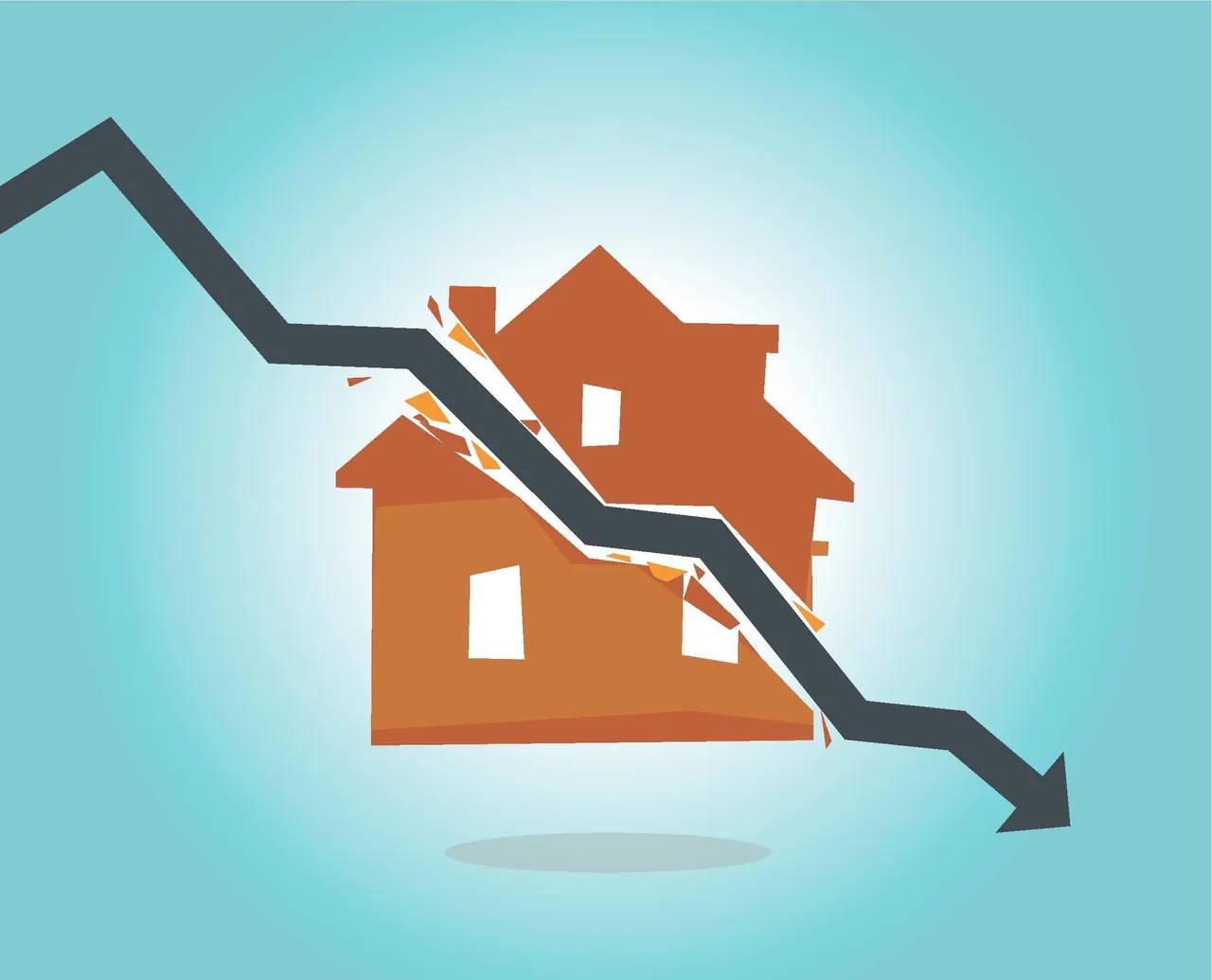The Housing Bubble
How it Happened
The government was basically printing money through the central bank, which lowered interest rates. That told people that there were more savings than there actually were. This shows that there is more capital, when there is not. Because the interest rate is low, people are spending more money, when they should be saving it. The main reason for the housing bubble are the policies of Alan Greenspan and the federal reserve, which lowered interest rates by making money and raised housing prices. This new money that came into the economy tricked people into thinking the society is more wealthy than it actually was. Home equity loans let people use the money that people imagined they would get for selling their homes. People were not saving and were spending money because they felt wealthier because their houses were worth more than they were before, but in reality they were not because the money was made without actually increasing productivity. The government also encouraged subprime lending for mortgages so more people could buy homes even when they could not afford it. There were other kinds of nontraditional mortgages that were used, such as a “risky” mortgage. Normally the bank would require the person buying the home to basically buy a fifth of it as a down payment and the bank would then lend money for the rest, but the government wanted it to be easier for people to buy homes and not worry about the down payment. The government wanted to encourage home ownership because they thought home ownership encourages savings and investment. In reality home ownership does not encourage savings, you use savings to own a home. This was risky for the lender because they were not getting any down payment or collateral. If the property went down then the buyer could just back out without having made any payments. Adjustable interest rates allow the bank to start with low rates to get people to buy it and then they can change it to adjust for the interest rates the government is targeting at the time. This caused people to buy houses that they could afford the low payments, but then they could not afford them when the rates were raised. The banks were not worried about making all of these risky loans to people because even if the borrower cannot pay them back they can just sell the mortgage to a secondary market to make the money back.
Banks
When people put money in a bank, the bank invests it and only keeps some of it. So if everyone comes to the bank to get their money at the same time the bank would not be able to pay everyone their money. Some people think this is not stable because the banks promise the people they can give them their money, but they are actually investing it or loaning it out. FDR decided to solve this by making a policy that says if the bank can’t pay you, then they will. This made people feel better about their money that is in the bank, but caused them to not be too concerned about the financially sound their bank is. In a capitalist country, there is a system of profit and loss. Profits encourage risk taking while loss encourages prudence. In a different system the profits are encouraged and privatized and losses are socialized so there is no downside. When the government comes into the bank and guarantees that the depositors can not lose their money, then the bank will start taking bigger risks with the deposits.
The Great Depression
Hoover tried to help the economy by spending more money and he raised taxes. The government also decided to print more money to help pay for the war. If he did not intervene then the depression would not have lasted as long as it did. He should have just let the free market sort itself out. FDR wanted to print more money to try to help fix it but the gold standard was in his way. To stop people from running to banks to get gold instead of their paper money he made it illegal to have more than a small amount of gold and they had to turn in their gold. He wanted to print more money to try to fix things and then he was going to make the value of the dollar stable once everything got fixed. Once the US was off the gold standard, the government was able to print a bunch of money causing inflation and the cost of living to increase a lot. You would think the government would learn to stop interfering and printing money when it shouldn’t, when it has kept causing problems. World War 2 helped to end the Great Depression by changing what was being produced, many products were rationed, and the fact that a lot of men were drafted and went to war.
